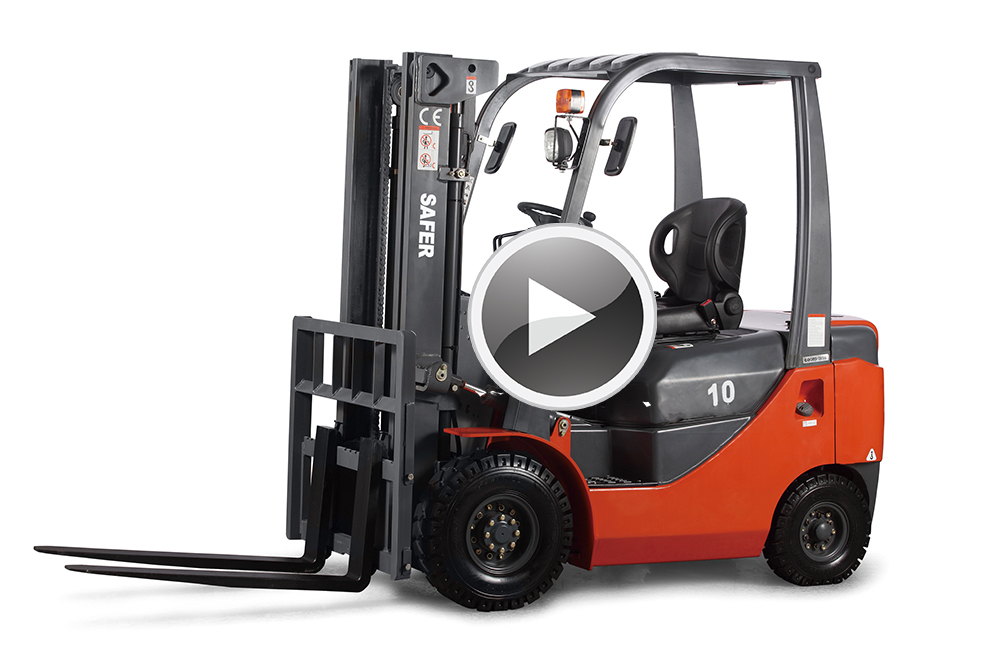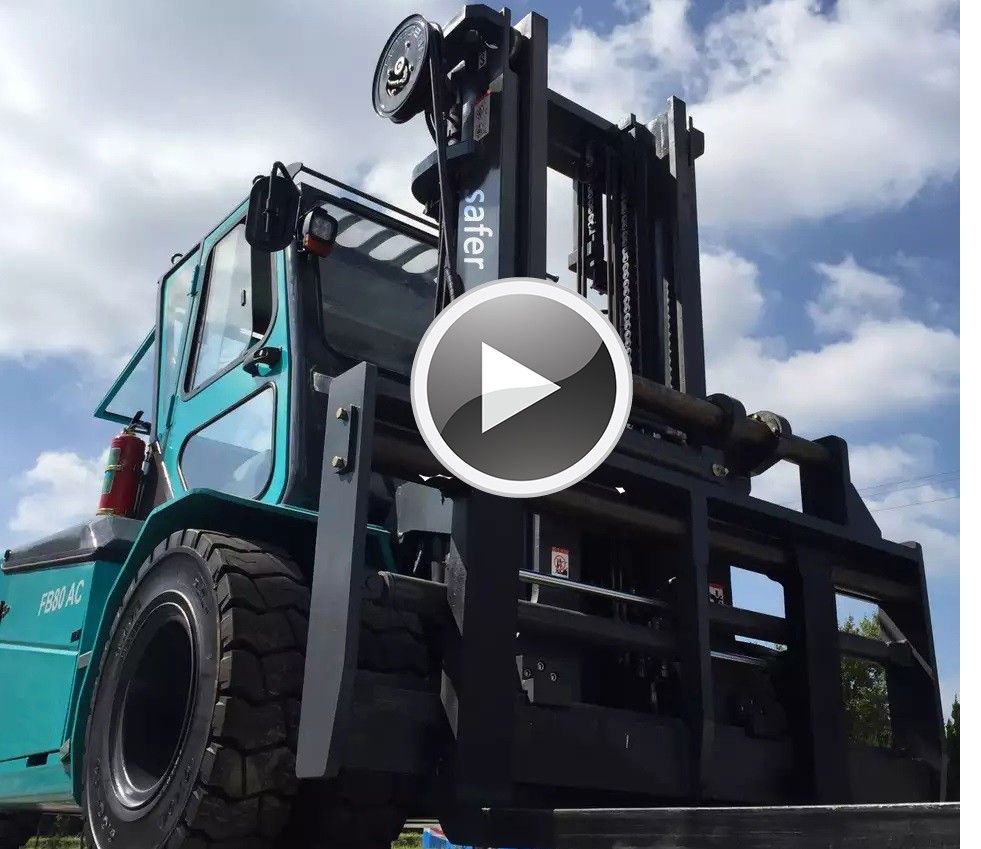Have you checked your forklift tires recently?
Forklift tires are complex in structure and are a consumable item that requires regular attention. Forklift tires are also an important part of forklift maintenance costs. Therefore, it is important to understand how to manage the knowledge of forklift tires.
“Tires are one of the most expensive maintenance parts for forklifts, which typically account for 30% of fleet maintenance costs.” Bruce, manager of Shanghai Saferlifts, said Associated is one of the largest dealers for Saferlifts.
Whether it is solid tires, filled tires or pneumatic tires, or tires made of rubber or polyurethane, all tire hazards include heat, wear, overuse and improper use. A reliable maintenance program is the best way to monitor tire wear and ensure a good balance between tire performance and service life.
Starting from the choice of tires
Interestingly, in fact the maintenance of the tire begins with the choice of tire. Ultimately, tire maintenance is all about its performance. First, there are several options for tires in terms of materials and design.
“The best way to choose a tire is to buy the tire that best suits your condition, regardless of the upfront cost.”
-- Bruce, Business Development Manager, Trelleborg Wheel Systems.
“It’s usually more cost-effective to use quality tires that are suitable for the application,” adds Devin.
The choice of materials is rubber and polyurethane. However, the material is not one or the other. Tire manufacturers offer a variety of different compounds, including those tailored for specific applications. For example, standard rubber tires are sufficient for most general warehouse needs. However, in rubber tires used in refrigerators, a special compound is usually added to improve traction.
At the same time, food and pharmaceutical industries require seamless environmentally friendly tires. Therefore, standard carbon black rubber tires do not work here. In this case, tires with a carbon black-free, non-marking environmentally friendly compound or standard polyurethane tires are available.
Design can be divided into two categories. Rubber tires can be designed to be solid/filled or inflated. Polyurethane tires are solid. Rubber tires are mainly used in internal combustion (IC) forklifts. Polyurethane tires are mainly used in narrow alley electric forklifts and electric hand forklifts.
Another issue of design concerns the requirements of traction. Glossy tires and patterned tires are available. Tire suppliers and forklift dealers are experts in making the right choices in this regard.
It's also worth noting that tires do provide another feature that is often overlooked - used for shock absorption in forklifts and to improve the load on forklifts. But even though it is a series of problems that weigh the pros and cons.
Inflatable tires have excellent shock absorption but are easily pierced by foreign objects on the floor of the workshop or warehouse. On the other hand, solid/filled tires allow for the accumulation of heat, especially during long periods of operation, while reducing their damping capacity.
Rubber and polyurethane tires have different properties. The exact situation always depends on the application and the tyre compound used. In addition, performance will vary due to changes in tire materials and design.
Pre:Engine burning oil analysis and solution
Next:Exhaust truck exhaust emissions are not normal, the reason is here!


